The world is a tapestry of civilizations, each leaving behind threads of their existence. Some of these threads are so grand and enduring they become the fabric of history itself, etched in stone and earth for future generations to marvel at. For the intrepid traveler, these ruins are not merely piles of old stones but portals to the past, offering a silent yet profound narrative of human ambition, spirituality, and artistry. They challenge us to imagine the lives that once filled these spaces, to understand the rise and fall of empires, and to appreciate the sheer scale of human achievement. While countless ancient sites dot the globe, a select few stand out for their breathtaking beauty, historical significance, and the sheer sense of awe they inspire. Embark on a journey to these 5 monumental ruins, each a testament to a unique and powerful culture that has shaped our world. From the lush jungles of Southeast Asia to the high altitudes of the Andes, these destinations promise an unforgettable adventure. So, let the journey begin!
What secrets do the world's most magnificent ancient ruins hold, and how can a modern traveler unlock them?
A pilgrimage to the world's most significant ancient ruins is a journey that transcends time. It's an opportunity to connect with the past on a deeply personal level, to walk in the footsteps of kings, priests, and ordinary people who lived centuries ago. Each site offers a distinct flavor of history, a different architectural style, and a new story to uncover. The logistics of such a grand tour, from securing flights to arranging local transportation, can be complex. When planning your trip, remember the convenience of platforms like ParkingNearAirports.io, which can assist with essential travel needs, including airport parking reservations to ensure a seamless start to your adventure. By pre-booking your spot, you can alleviate the stress of finding last-minute parking, allowing you to focus on the excitement of the journey ahead.
Angkor, Cambodia
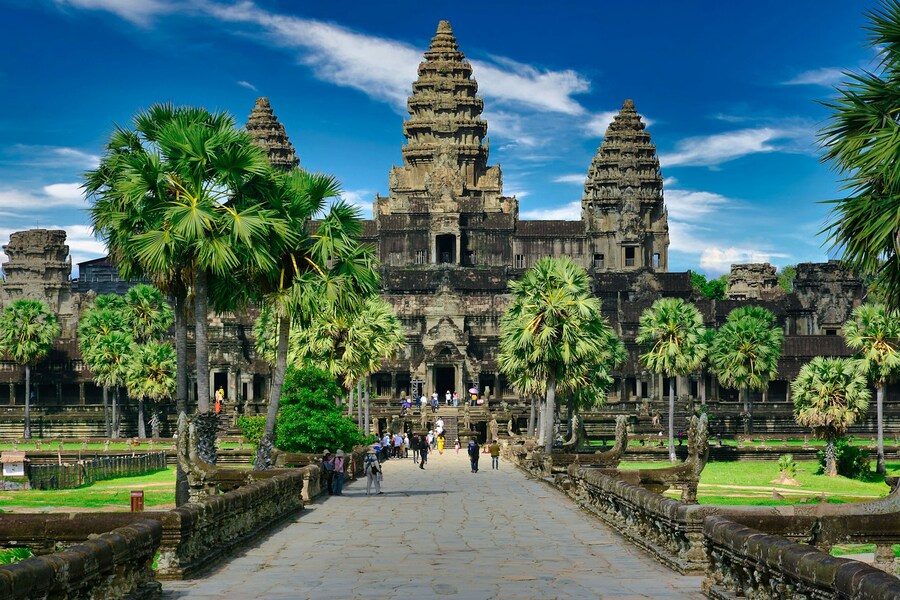
Source: allPhoto Bangkok/Unsplash
Hidden beneath the dense canopy of the Cambodian jungle, the Angkor Archaeological Park is a sprawling monument to the Khmer Empire's golden age. This is not a single ruin but an entire ancient city, extending over 400 square kilometers and encompassing scores of temples, hydraulic structures, and communication routes. At its heart lies the magnificent Angkor Wat, a structure of such perfect symmetry and grandeur that it has become a national symbol. Originally dedicated to the Hindu god Vishnu in the 12th century, it was later transformed into a Buddhist temple, a transition reflected in its intricate bas-reliefs that tell both Hindu myths and Buddhist tales. Beyond the main temple, the complex teems with other wonders. Ta Prohm, famously featured in a cinematic adventure, is a poignant example of nature reclaiming man-made structures, with colossal fig and silk-cotton trees wrapping their roots around ancient stone walls. The sprawling capital of Angkor Thom, with its iconic Bayon temple featuring more than 200 serene, smiling faces carved into its towers, showcases the unique architectural style of King Jayavarman VII. Exploring this vast site requires a plan, with tuk-tuks, bicycles, and hired cars being popular choices for navigating the extensive grounds. A multi-day pass is highly recommended to fully appreciate the depth and scale of this remarkable civilization. The best long-term parking options near major international airports can be found through online booking, providing travelers with peace of mind as they embark on this profound historical expedition.
Machu Picchu, Peru
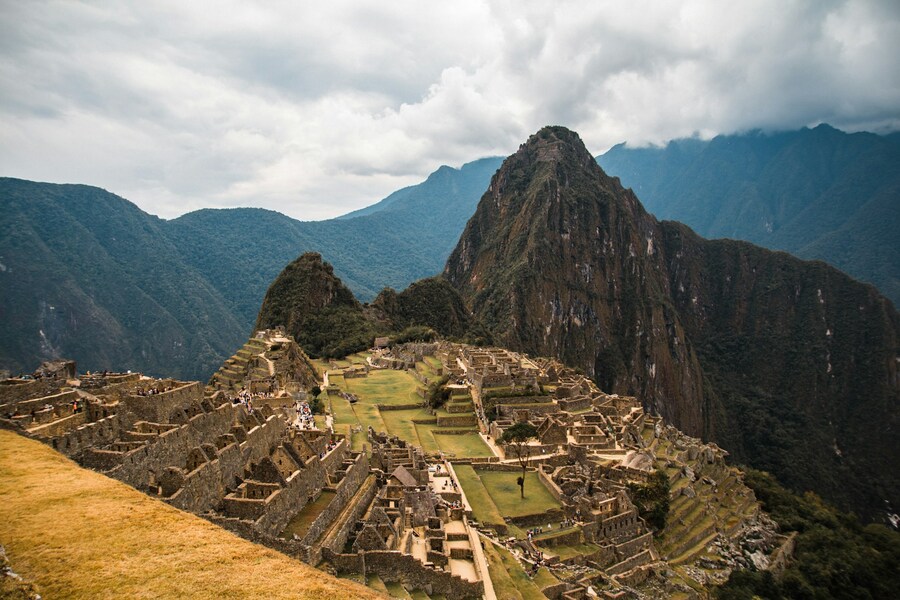
Source: Adrian Dascal/Unsplash
Perched precariously on a mountain ridge high above the Sacred Valley of the Incas, Machu Picchu remains one of the world's most mysterious and captivating archaeological sites. While its exact purpose continues to be a subject of debate among historians, its breathtaking location and masterful stone craftsmanship speak volumes. Constructed around the mid-15th century, the citadel was abandoned less than a century later, likely due to the Spanish conquest, and was never discovered by the colonizers. This fortunate circumstance left its terraced fields, residential areas, and sacred temples remarkably intact. The journey to Machu Picchu itself is part of the experience, often involving a scenic train ride or the challenging multi-day trek along the famous Inca Trail. Upon arrival, visitors are greeted by an ethereal landscape of mist-shrouded peaks and meticulously cut stones that fit together without the use of mortar. Key features include the Temple of the Sun, a curved structure built for astronomical observation, and the Intihuatana stone, believed to be an astrological clock or calendar. The sheer effort and ingenuity required to build this city at such a high altitude are staggering. Due to its popularity and the need for preservation, there are strict entry rules, including designated circuits and a limited number of daily tickets. Booking well in advance is essential to secure your visit to this awe-inspiring Incan sanctuary.
Ayutthaya, Thailand
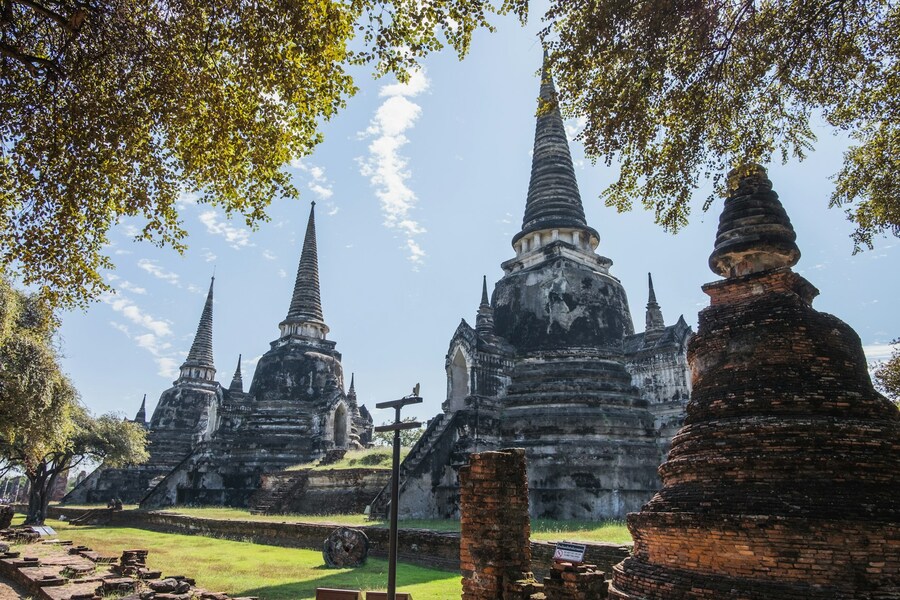
Source: Teodor Kuduschiev/Unsplash
Just a short distance from the bustling metropolis of Bangkok lies the silent, dramatic ruins of Ayutthaya, the former capital of the Siamese Kingdom. Founded in 1350, Ayutthaya was a powerful and prosperous city for over four centuries, serving as a hub for international trade and culture. Its grandeur, however, was brought to a brutal end by the Burmese invasion of 1767, which left the city in a state of ruin. Today, the Ayutthaya Historical Park, a UNESCO World Heritage site, invites visitors to wander through the remains of once-magnificent palaces, towering monasteries, and prangs (reliquary towers). The most iconic image of Ayutthaya is undoubtedly the stone Buddha head enmeshed within the roots of a Bodhi tree at Wat Mahathat, a symbol of nature's relentless embrace of the past. Other notable temples include Wat Phra Si Sanphet, a former royal temple with its 3 distinctive chedis, and the impressive Wat Chaiwatthanaram, built in the Khmer style along the river. Exploring Ayutthaya is an exercise in imagination, as you piece together the vibrant life that once thrived here from the scattered bricks and headless Buddha statues. The site is easily accessible and can be explored by bicycle, tuk-tuk, or a pleasant boat ride, offering a poignant contrast to the modern-day energy of Thailand's capital.
Karnak Temple Luxor, Egypt
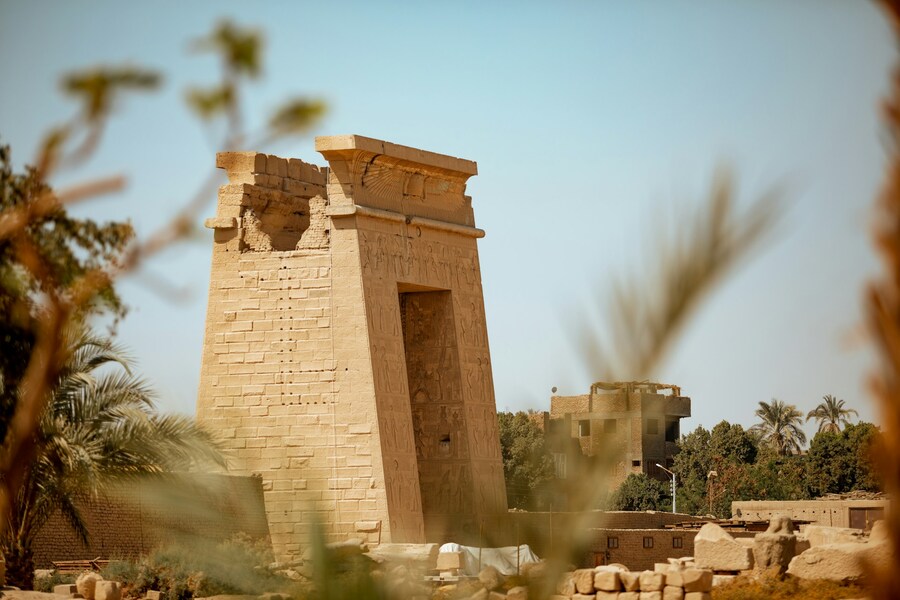
Source: charles escat/Unsplash
Standing on the east bank of the Nile in Luxor, the Karnak Temple Complex is a colossal testament to the devotion and power of ancient Egypt. More than a single temple, it's a vast, open-air museum and the largest ancient religious site ever built. Construction and expansion of Karnak spanned over 1,500 years, with some 30 pharaohs contributing to its grandeur, leaving their mark through monumental pylons, sanctuaries, and statues. At its heart is the Great Temple of Amun-Ra, an awe-inspiring sanctuary that includes the Great Hypostyle Hall, a breathtaking forest of 134 massive columns that rise like papyrus stalks towards the sky. The sheer scale is staggering, with the columns alone so large that they could comfortably fit Notre Dame Cathedral within their confines. Beyond the main hall, visitors can explore a sacred lake where priests performed rituals, the Festival Hall of Thutmose III, and the numerous chapels and smaller temples dedicated to other deities. The Avenue of Sphinxes, linking Karnak to the nearby Luxor Temple, is another highlight, with ram-headed sphinxes guarding the processional path. To truly appreciate Karnak's history, a guided tour is invaluable. The intricate hieroglyphics and towering obelisks tell stories of battles, offerings, and the divine rulers who sought to cement their legacy in stone. Securing your travel essentials in advance, including airport parking discounts, can make the journey to this unparalleled destination even more enjoyable and budget-friendly.
Khajuraho, India
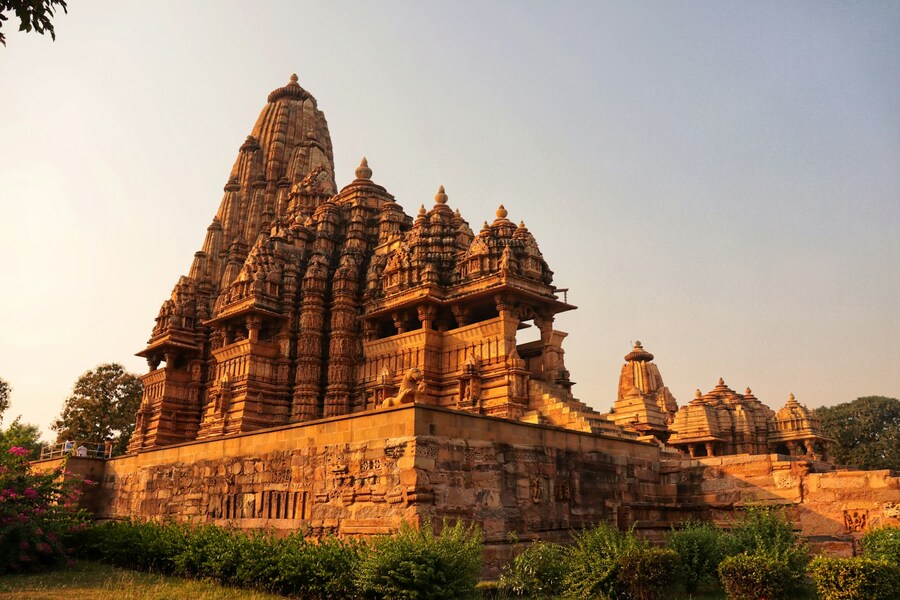
Source: Varun Pyasi/Unsplash
In the central Indian state of Madhya Pradesh, the Khajuraho Group of Monuments presents a unique and compelling blend of art, spirituality, and daily life. These temples, a UNESCO World Heritage Site, were built by the Chandela dynasty between 950 and 1050 CE. While they are renowned globally for their intricate and often explicit erotic sculptures, their carvings also depict a rich tapestry of life, including celestial women, musicians, dancers, and scenes from Hindu mythology. The temples are a celebration of life in all its facets, representing the union of opposites and the journey towards spiritual enlightenment through both the physical and the metaphysical. The Kandariya Mahadeva Temple is the most prominent of the Western Group, adorned with over 800 sculptures that cascade down its facade, creating a sense of movement and vitality. The temples are remarkable not only for their sculptures but also for their architectural style, known as Nagara, which is characterized by elevated platforms and tall, curvilinear spires (shikhara). Divided into 3 groups – Western, Eastern, and Southern – the temples are a testament to the religious harmony that once existed, with shrines dedicated to both Hindu and Jain deities standing side by side. Visiting Khajuraho is an educational and enlightening experience, challenging preconceived notions and offering a glimpse into a culture that embraced art as a profound expression of existence.
Conclusion
The world's ancient ruins are more than just tourist attractions; they are powerful reminders of the civilizations that have come before us. From the awe-inspiring engineering of the Incas at Machu Picchu to the spiritual grandeur of Karnak, and from the jungle-shrouded temples of Angkor to the artistic expressions at Khajuraho and the somber echoes of Ayutthaya, each site tells a story of human innovation, belief, and resilience. They invite us to reflect on our place in history and the enduring legacy of human creativity. Preparing for a journey to these remote and remarkable places requires careful planning, and modern conveniences like pre-booked travel services can greatly simplify the process, allowing you to focus on the magic of the destinations themselves. By stepping back in time and walking among these stones, you gain a new perspective on the past and an appreciation for the magnificent wonders that still stand today. We hope this travel guide inspires you to begin your own adventure. Safe travels and enjoy your trip!






